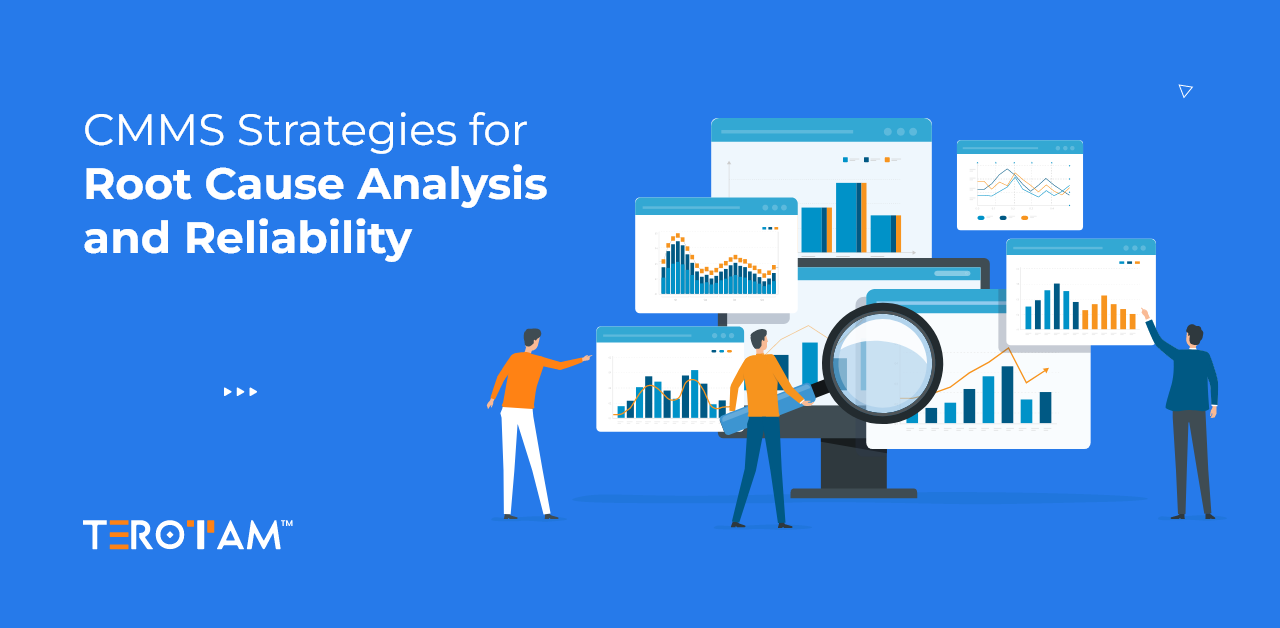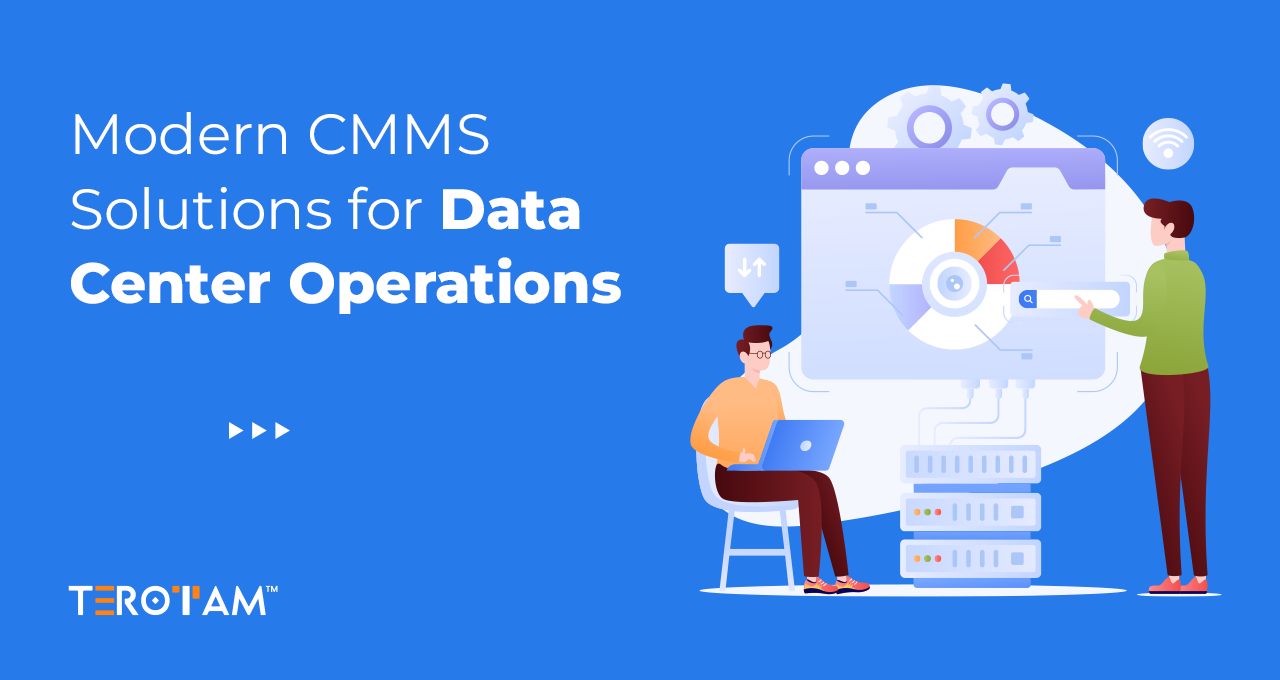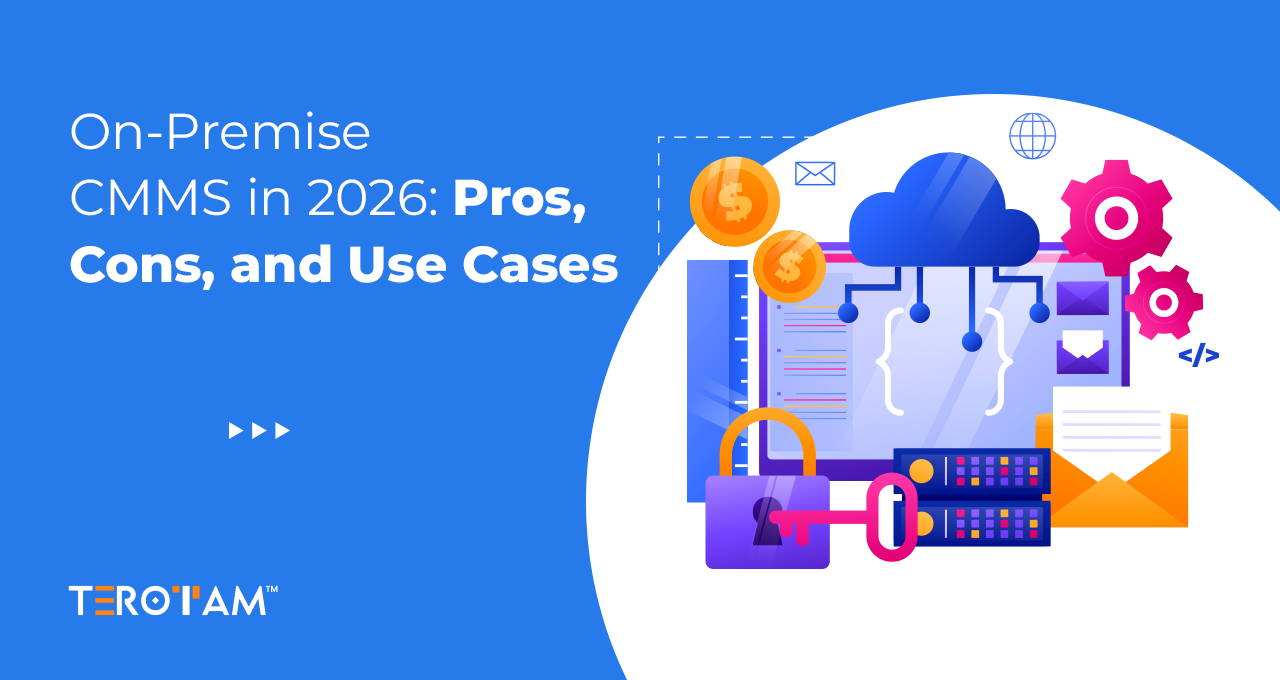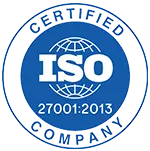In industrial and manufacturing environments, recurring equipment failures are more than just operational nuisances—they represent systemic inefficiencies that erode productivity, inflate maintenance costs, and compromise asset reliability.
Too often, maintenance teams respond to breakdowns with reactive fixes: replace the part, close the work order, restart the line. But when the same failure reoccurs within weeks—or days—the underlying issue remains unaddressed.
The solution lies in root cause analysis (RCA), and your Computerized Maintenance Management System (CMMS) is not just a tool for tracking repairs—it’s a strategic platform for identifying, analyzing, and eliminating the true sources of failure.
This article outlines a practical, data-driven approach to using your CMMS for effective RCA, helping maintenance leaders and operations managers break the cycle of repeat failures and move toward sustainable reliability.
The Cost of Ignoring Root Causes
Reactive maintenance may restore function quickly, but it rarely prevents recurrence. When organizations fail to investigate why a component failed, they risk:
- Increased downtime due to repeated breakdowns
- Premature wear of related components
- Escalating spare parts and labor costs
- Compromised safety from undetected mechanical or electrical faults
A study by the International Society of Automation found that up to 80% of equipment failures labeled as “random” actually stem from identifiable root causes—many of which could have been detected through better use of maintenance data.
Your CMMS holds that data. The challenge is turning it into actionable insight.
How CMMS Helps to Implement Root Cause Analysis
Step 1: Ensure Data Quality and Consistency
Accurate root cause analysis depends on precise input. If your CMMS contains vague work order descriptions, such as “pump not working” or “fixed conveyor,” meaningful analysis becomes impossible.
To build a reliable foundation for RCA:
- Standardize failure codes: Use a consistent taxonomy for failure modes (e.g., misalignment, bearing fatigue, electrical overload).
- Mandate detailed reporting: Require technicians to record observed symptoms, affected components, and corrective actions taken.
- Use dropdown menus and checklists: Reduce variability in data entry and ensure key fields are never left blank.
- Attach evidence: Photos, vibration reports, oil analysis results, or infrared scans should be linked directly to work orders.
When every repair is documented with precision, patterns begin to emerge across time and assets.
Step 2: Identify Recurring Failures Using CMMS Reports
Modern CMMS platforms offer robust reporting tools. Leverage them to spotlight chronic issues.
Run regular reports such as:
- Top 10 Assets by Number of Corrective Work Orders
- Mean Time Between Failures (MTBF) by Equipment
- Downtime Hours per Asset or Department
- Failure Frequency Trends Over Time
Filter results by date range, equipment class, or failure type to isolate problem areas.
For example, if a particular pump model shows up repeatedly for seal leaks, pull all associated work orders. Look for commonalities in timing, operating conditions, or technician notes.
These patterns are your starting point for RCA—not guesses, but evidence-based signals.
Step 3: Trigger RCA Automatically Based on Failure Thresholds
Don’t rely on memory or manual oversight to initiate root cause investigations.
Configure your CMMS to automatically flag assets that meet predefined failure thresholds, such as:
- Three or more corrective interventions within 60 days
- Downtime exceeding X hours per month
- Repeated use of a specific failure code
When triggered, the system can generate an RCA task, assign it to a reliability engineer or maintenance supervisor, and link all relevant historical records.
This ensures RCA is not an afterthought—it becomes a built-in response to performance deviations.
Step 4: Conduct Structured Root Cause Analysis Using CMMS Data
Once a failure pattern is identified, apply a formal RCA methodology. Common approaches include:
- 5 Whys: Iteratively ask “why” until the fundamental cause is revealed.
- Fishbone (Ishikawa) Diagram: Categorize potential causes into people, process, equipment, materials, environment, and management.
- Fault Tree Analysis (FTA): Map logical pathways leading to failure.
Your CMMS supports these methods by providing:
- Chronological repair history
- Maintenance intervals and PM compliance records
- Parts usage and supplier data
- Linked documentation (manuals, schematics, inspection logs)
Example: A motor fails repeatedly due to overheating.
Using CMMS data, you discover:
- High current draw noted in two prior repairs
- No alignment checks performed in the last 18 months
- Vibration readings show increasing radial load
Root cause? Chronic misalignment leading to excessive bearing stress.
Solution? Update the preventive maintenance plan to include quarterly alignment verification.
Step 5: Implement and Track Corrective Actions
An RCA is only valuable if it leads to change.
Use your CMMS to:
- Create corrective action tasks with deadlines and owners
- Update preventive maintenance routines based on findings
- Modify equipment hierarchies or BOMs if design flaws are identified
- Attach the RCA reports and store them with the asset record
Most importantly, measure effectiveness over time. Monitor MTBF, downtime trends, and work order volume post-intervention to confirm the fix has a lasting impact.
If failure rates drop and uptime improves, the root cause was properly addressed.
Integrating Root Cause Analysis into Daily Maintenance Culture
Sustainable reliability doesn’t come from isolated projects—it comes from integration.
To make RCA a standard practice:
- Train maintenance staff on basic RCA techniques
- Include RCA metrics in team performance reviews
- Review top failure trends in monthly reliability meetings
- Share successful case studies across departments
When root cause thinking becomes routine, the entire organization shifts from reactive firefighting to proactive problem solving.
Final Thoughts
Your CMMS is more than a digital logbook. When used strategically, it transforms maintenance from a cost center into a driver of operational excellence.
By leveraging CMMS data for root cause analysis, organizations can:
- Reduce unplanned downtime
- Extend asset life
- Lower maintenance spending
- Improve safety and compliance
The technology is already in place. What’s needed is discipline—consistent data entry, structured analysis, and follow-through on corrective actions.
Stop replacing the same part repeatedly. Start asking why it failed. Let your CMMS guide the answer.
Because the most powerful maintenance strategy isn’t the fastest fix—it’s the one that prevents the next failure before it happens.










